50+ SAMPLE Music Agreement
-

Music Publisher Agreement
download now -
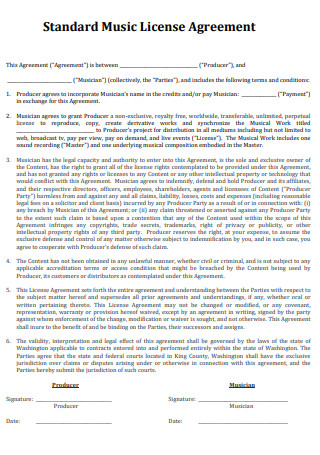
Standard Music License Agreement
download now -
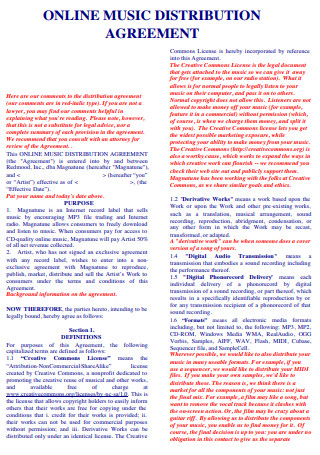
Online Music Distribution Agreement
download now -
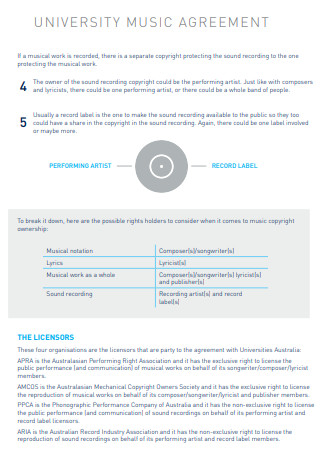
University Music Agreement
download now -
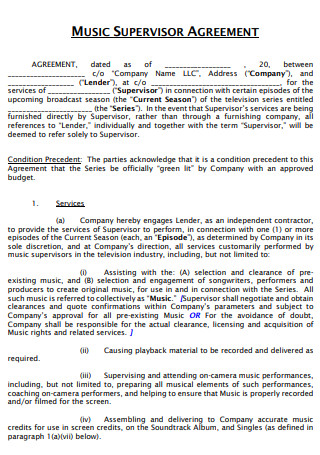
Music Supervisor Agreement
download now -

Music Digital Audio Agreement
download now -
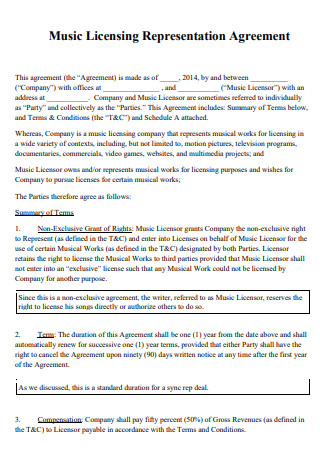
Music Licensing Representation Agreement
download now -
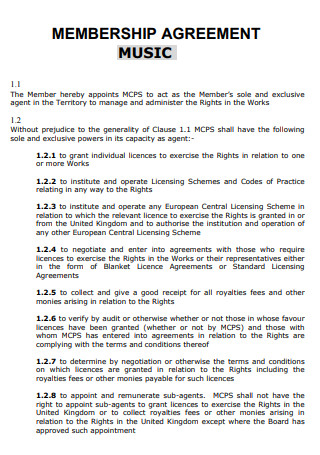
Music Memebership Agreement
download now -
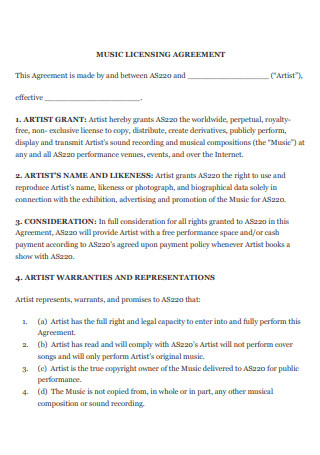
Music Licensing Agreement
download now -
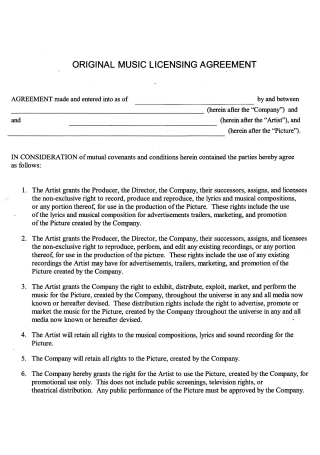
Original Music Licensing Agreement
download now -
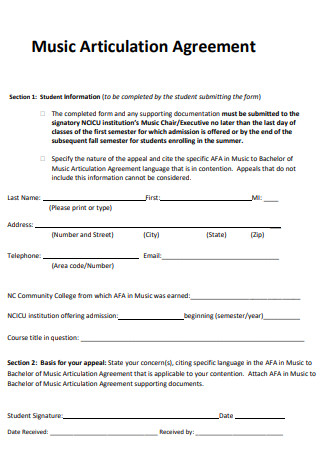
Music Articulation Agreement
download now -
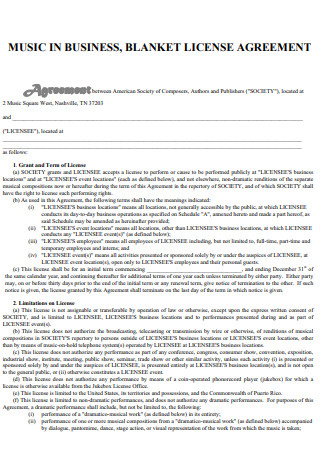
Music Blanket License Agreement
download now -
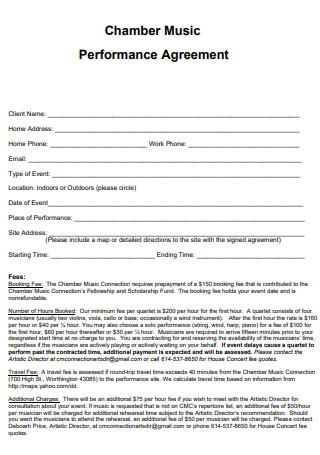
Chamber Music Performance Agreement
download now -
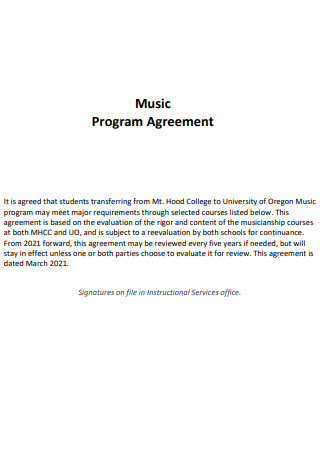
Music Program Agreement
download now -
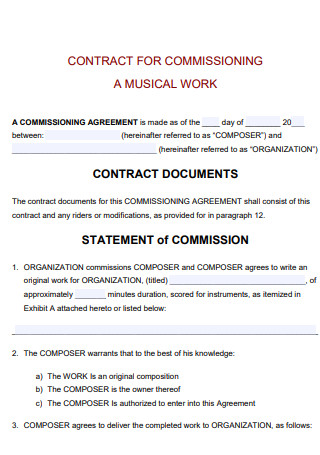
Music Contract Agreement
download now -
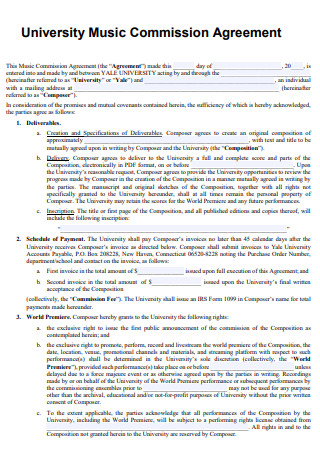
University Music Commission Agreement
download now -
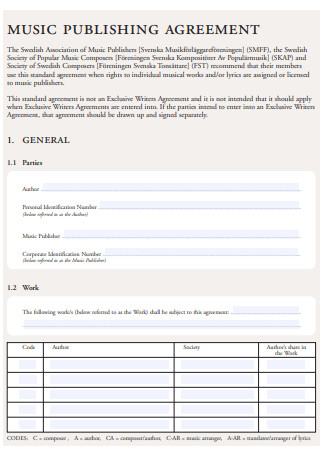
Music Publishing Agreement
download now -
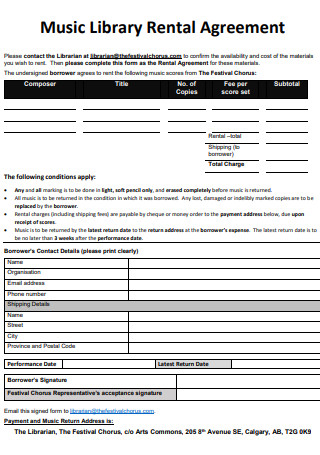
Music Library Rental Agreement
download now -
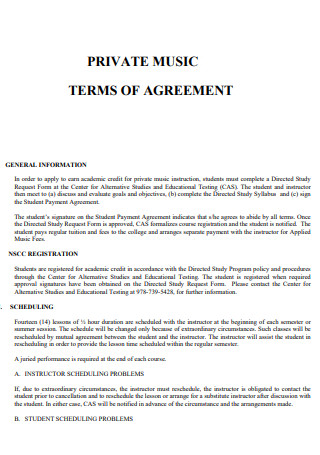
Music Terms of Agreement
download now -
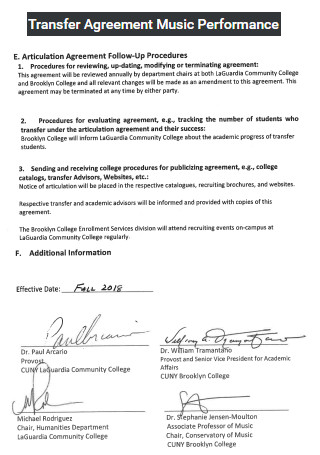
Music Performance Transfer Agreement
download now -
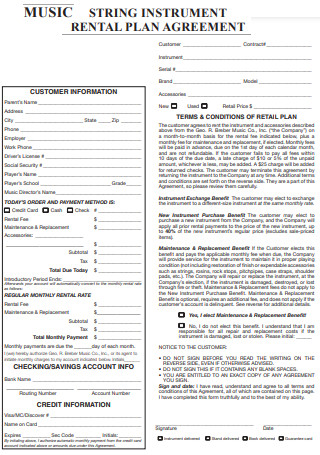
Music String Instrument Agreement
download now -
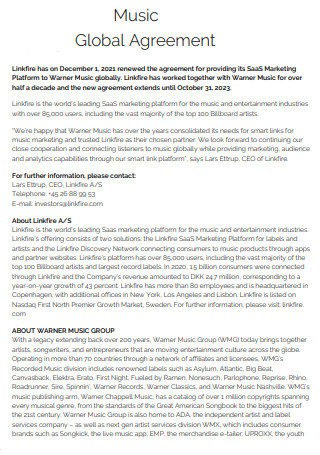
Music Global Agreement
download now -
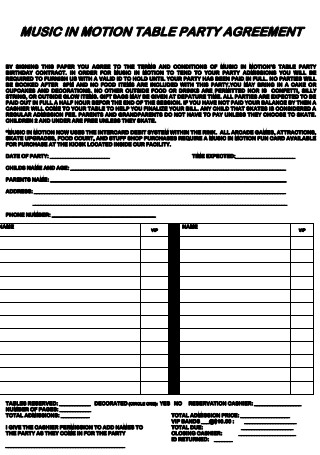
Music in Motion Table Party Agreement
download now -
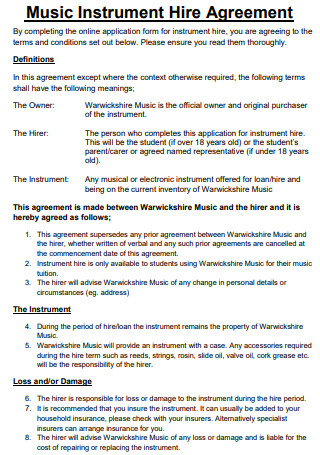
Music Instrument Hire Agreement
download now -
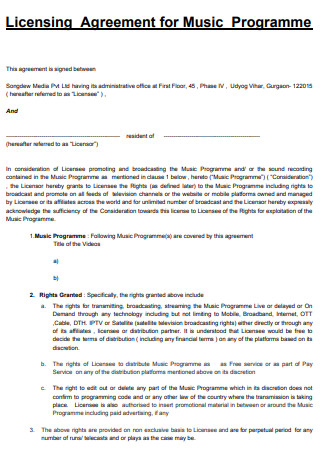
Music Programme Licensing Agreement
download now -
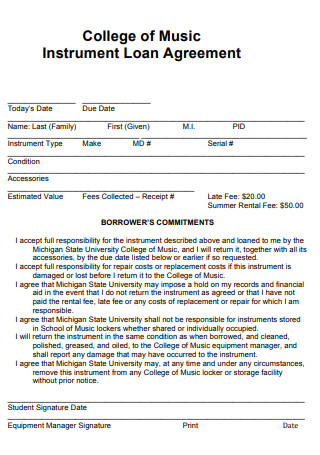
College of Music Instrument Loan Agreement
download now -

Digital Music Service Agreement
download now -
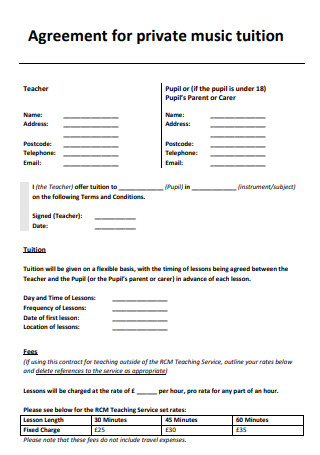
Private Music Tuition Agreement
download now -
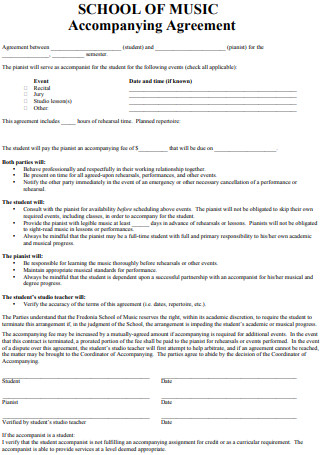
Music Accompanying Agreement
download now -
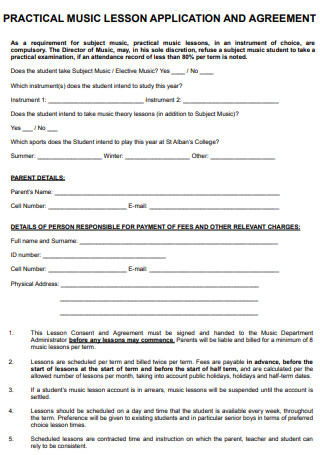
Practical Music Lesson Application and Agreement
download now -
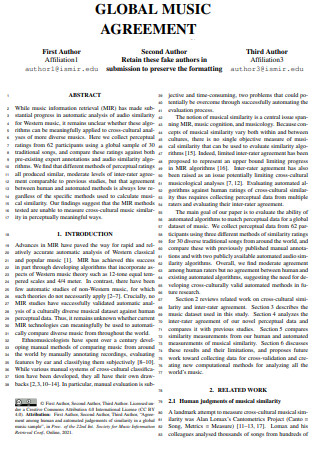
Global Music Agreement
download now -

Music Worldwide Agreement
download now -
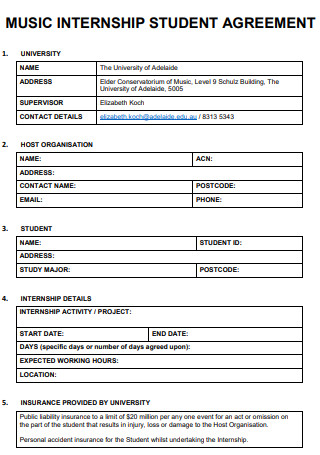
Music Internship Student Agreement
download now -
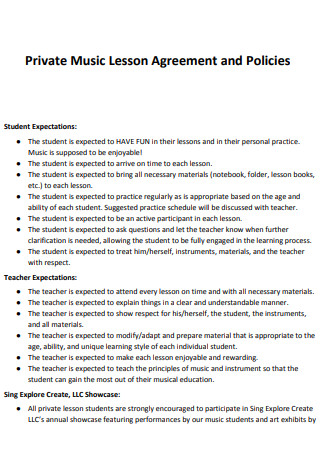
Private Music Lesson Agreement
download now -
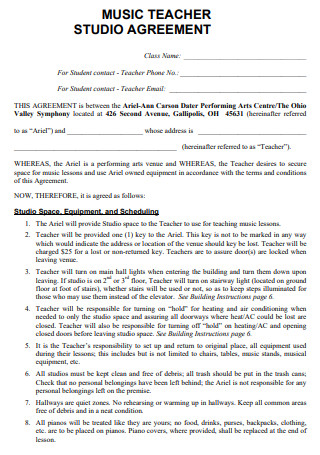
Music Teacher Studio Agreement
download now -
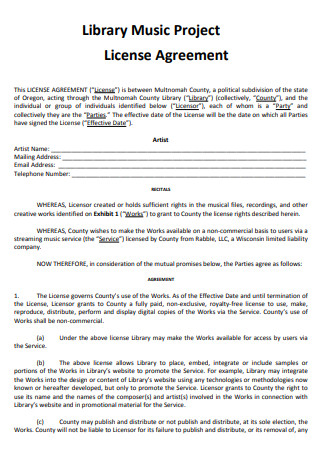
Library Music Project Agreement
download now -
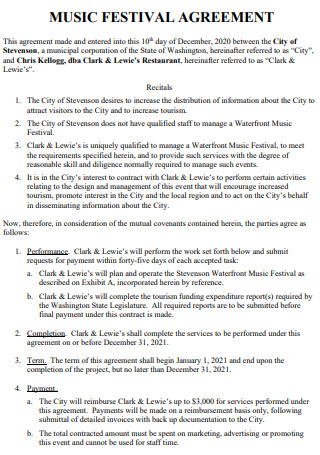
Music Festival Agreement
download now -
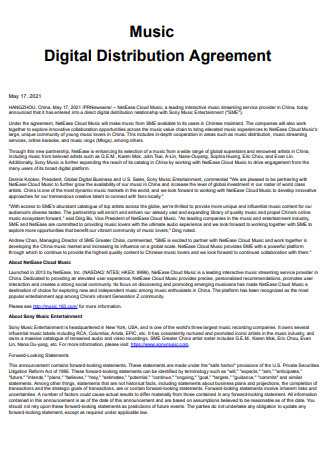
Music Digital Distribution Agreement
download now -
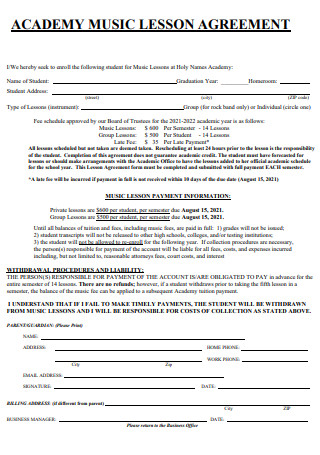
Music Lesson Agreement Form
download now -
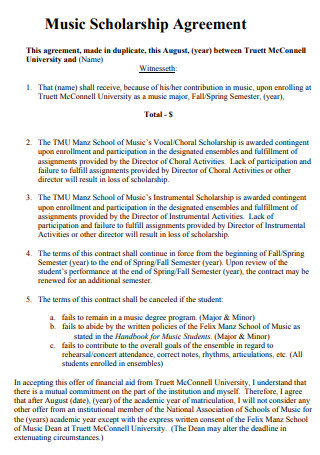
Music Scholarship Agreement
download now -
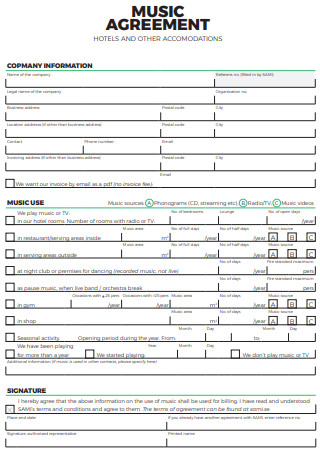
Music Agreement
download now -
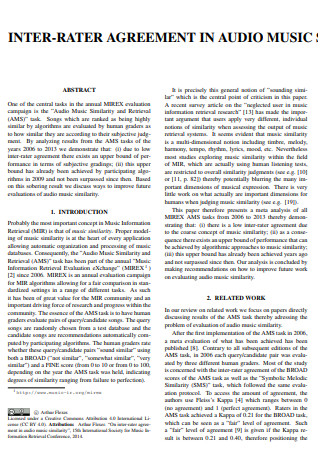
Audio Music Inter Rated Agreement
download now -
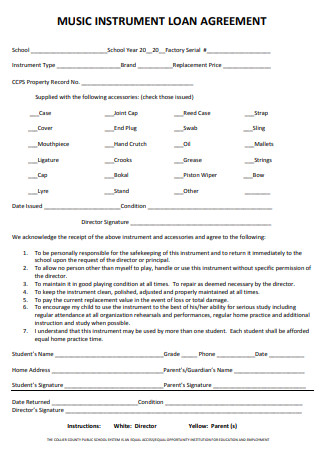
Music Instrument Loan Agreement
download now -
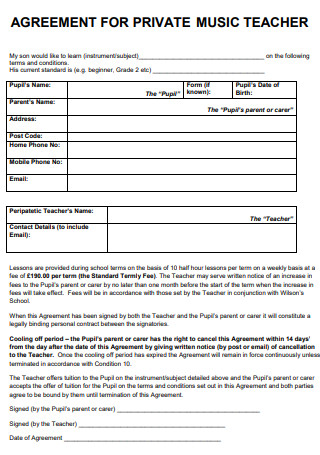
Private Music Teacher Agreement
download now -
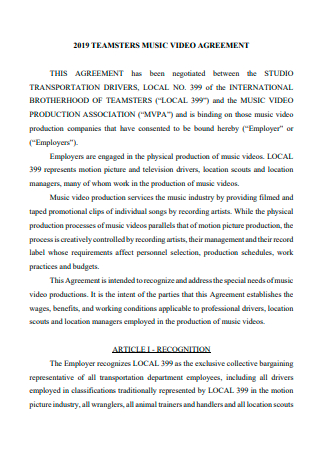
Music Video Agreement
download now -

Sample Music Agreement
download now -

Music Release Agreement
download now -

Music Agreement Checklist
download now -

Chamber Music Agreement
download now -
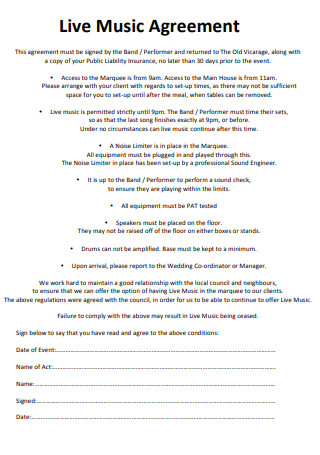
Live Music Agreement
download now -
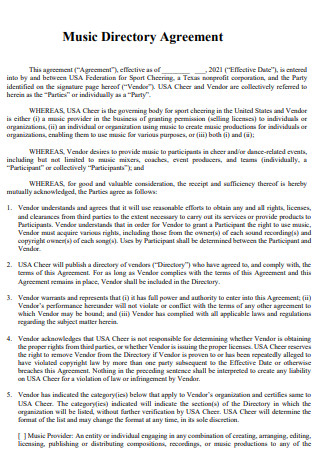
Music Directory Agreement
download now
FREE Music Agreement s to Download
50+ SAMPLE Music Agreement
What Is a Music Agreement?
Common Processes In the Music and Recording Industry
Key Players In the Music Industry
How to Create a Music Agreement
FAQs
What is an artist agreement?
How do you get a music contract?
What is a music producer contract?
What Is a Music Agreement?
A music agreement is a formal agreement between any two (or more) parties in the music industry or any related field. The agreement typically involves the performance, publishing, or recording of any type of music.
According to an article by Rolling Stone, reports showed that major record companies signed a total of 658 artists or acts in 2017, a figure that went up 12% from the previous year. These statistics suggest that big record companies such as the likes of Sony, Universal, and Warner Music are more or less signing an average of two artists everyday.
Common Processes In the Music and Recording Industry
Like any major industry, there are several processes and systems that operate within it. There are time-honored and accepted traditions, yet new ways and means of doing things are introduced every now and then too. And the music industry is no exception. It continues to evolve as society progresses and continues to adapt to new ways of technology. For example, how people consume music has changed over the decades- from vinyl to cassette tapes to iPods to online streaming apps. The following activities described below are the most common and universal processes in the industry.
Key Players In the Music Industry
Anyone who is involved in music knows that making music is a creative process. Whether it is a pastime or a full-time job, making music can be deeply fulfilling and introspective. But as far as the recording industry is concerned, there still exists an organizational structure or hierarchy with various players each playing a role in the creation of music. The following are just some of the major players in the music industry.
How to Create a Music Agreement
To create a formal music agreement, you should start by gathering all the necessary information first. Once you have prepared all the details, then you can begin drafting the contract. If you are looking to save time and resources, try using an existing template for more efficiency and convenience. Select a sample agreement that suits your needs and simply follow the basic steps below.
Step 1: Identify the Parties
The first step in crafting a music agreement is establishing the identities of the parties entering into an agreement. This may vary depending on the nature of your arrangement. Whether it is between a record company and a musician or between a songwriter and a performer, the complete names (or company name) of all parties must be present. This section contains a couple of introductory paragraphs or lines and usually follows a certain format. The format may vary slightly depending on the structure of the document, but what’s important is to maintain consistency throughout the rest of the other sections.
Step 2: Outline the Expectations and Responsibilities
Once you have established the names of the participating parties, proceed to outlining the various roles and responsibilities for each party. Setting expectations is key so as to avoid any undue conflict or disagreement in the future. Or at the very least, having a clear definition of responsibilities can help resolve potential arguments more quickly. For instance, a record label and an artist may agree to a certain number of albums to be put out. This expectation ought to be explicitly stated in the contract. A record company’s other responsibilities may also include strategic marketing, tour accommodations, talent fees, etc.
Step 3: Establish Terms and Conditions
The next step is interconnected with the previous section. Both expectations and responsibilities need to be further broken down in the terms and conditions. These stipulations or provisions dictate the agreement and basically serve as a guide on how to conduct the business arrangement. In the case of record and music agreements, typical terms and conditions would include the duration of the contract, payment terms, professional fee guidelines, copyright claims, breach or termination of contract, recording schedules, tour schedules, etc. Terms must be stated clearly and specifically to avoid any confusion or undue assumption.
Step 4: Affirm the Agreement
Finally, the contract must be confirmed by both parties. Since it is an official document, there must be a formal declaration that both parties freely consent and agree to the aforementioned terms. The act of confirming and recognizing the agreement is standard protocol and applies to most types of written contracts. This section basically serves as the closing statement. Lastly, make sure to leave enough space for both parties to affix their respective signatures.
FAQs
What is an artist agreement?
An artist agreement is a formal contract made between an artist and a record company, talent management company or any similar organization.
How do you get a music contract?
There can be a variety of ways to score a music contract these days. You can work on putting out an excellent demo and take advantage of social media channels to bring awareness to your craft and talent. It might help a great deal if you have a following, considerable fan base, or just people who regularly support you and your music.
What is a music producer contract?
A music producer contract is a binding contract that outlines the various terms and conditions (e.g., copyright, representation, etc.) revolving a business partnership between a music producer and an artist or performer.
Many people have dreams of making it big as a singer or a performing artist. But behind the glitz and glamour of fame, the recording industry can be a cut-throat and competitive environment with a significant amount of paperwork that includes all sorts of contracts and agreements. Browse the selection of sample templates above and create your own music agreement today!
